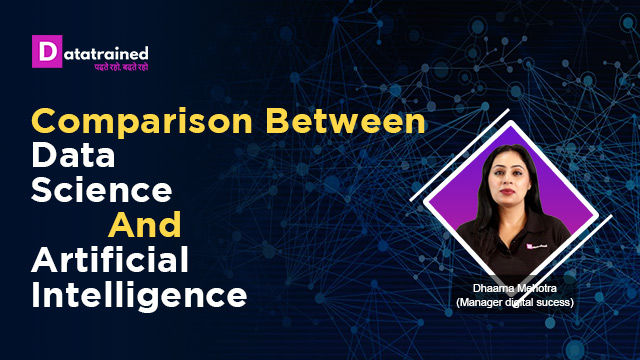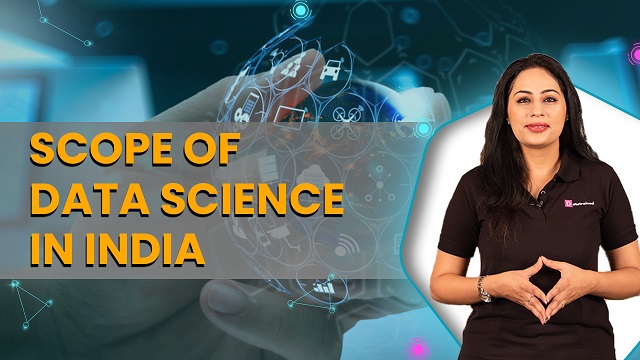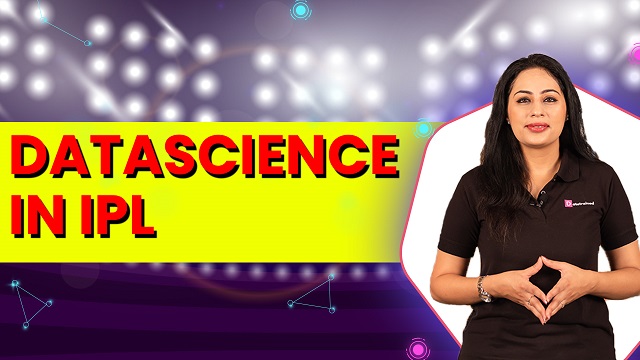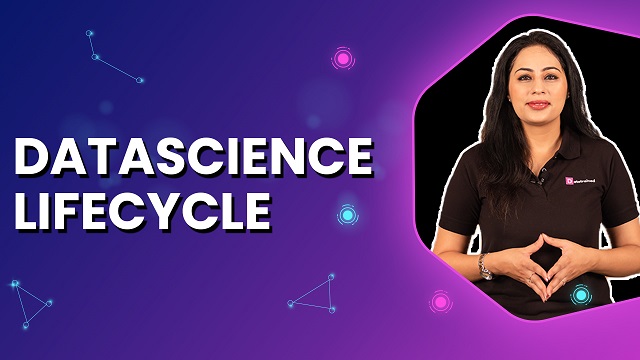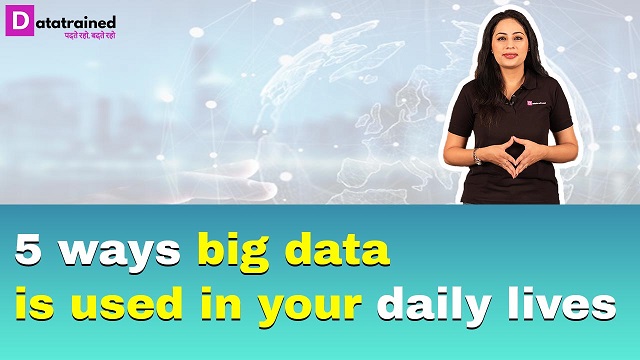In this video, you will know how data science is transforming our lives through Energy Sector.
The rapid advancement of the energy sector and utilities specifically influences social development. Individuals are now facing challenges of smart energy management and consumption, use of renewable energy sources, and environmental protection.
1. Failure probability modeling and preventive maintenance
Active use of failure probability modeling helps to boost performance, predict unexpected and occasional failures in the functioning that results in low maintenance costs. The energy companies invest a huge budget into the maintenance of their machines and devices. Unexpected failures in their operations lead to extensive monetary loss.
2. Outage detection and prediction
smart power outage communication methods are capable of: forecasting the effect of environmental conditions on the power grid, predicting the effect of the near-term asset values on the power system, detecting probable outages by smart meter functions, detecting outages in the specified places, real-time filtering of outage inputs as well as recognition of the outage type, Confirmation of the outage and communication on the same.
3. Dynamic energy management
Big data analytics plays an important role here as it empowers dynamic management methods in Smart Grids. This essentially contributes to the optimization of the energy flows between the providers and customers. The effectiveness of the power management process depends on load forecasting and renewable sources of energy.
4. Smart Grid security and theft detection
To prevent and predict energy theft and as a result monetary loss, huge energy companies monitor energy flows to respond quickly to suspicious matters. Due to this, the company owners tend to move to Advanced Metering Infrastructures, which are effective in reporting the energy consumption instances and remote controlling.
5. Demand response management
Specific real-time management programs and solutions enable monitoring metrics of power use, define the activity pick and alter the energy flow as per the current demand. Additionally, there exists a response management program encouraging customers to use energy at a specific time and also save money. consequently, consumers get an opportunity to shift to a much better pricing program and providers get a chance to achieve the desired stability in energy provision.
6. Improving operational efficiency
Energy companies use smart data applications and software to detect the operations and functions worth optimization. Real-time monitoring provides information regarding time, activity rate, etc. The data is then processed in conjunction with the outside elements to define the average efficiency.
7. Optimizing asset performance
Real-time data concerning assets wellness, supply as well as demand analysis helps to enhance asset performance. Data-driven and business analytics software are used to monitor costs, conditions, and performance, as well as to define scoring strategies and the aspects of vital priority. Thus, they improve the reliability, availability, and capacity of the assets and reduce costs.















